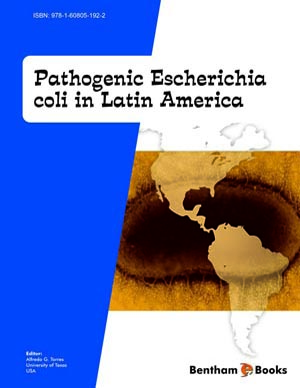Abstract
The diarrheagenic E. coli (DEC) are important agents of acute and persistent diarrhea in children from Uruguay, Colombia and Peru. The relative importance of each pathotype (and its variants) is variable, and may be attributed to different factors, such as age of children and socioeconomic level, type of study, and laboratory methodology used in each country. However, within the DEC group the most common agents are enterotoxigenic E. coli, enteropathogenic E. coli and enteroaggregative E. coli. Further studies are needed, mainly in food and animal reservoirs, in order to better define the transmission and the local and regional epidemiology of these important diarrheal agents.


